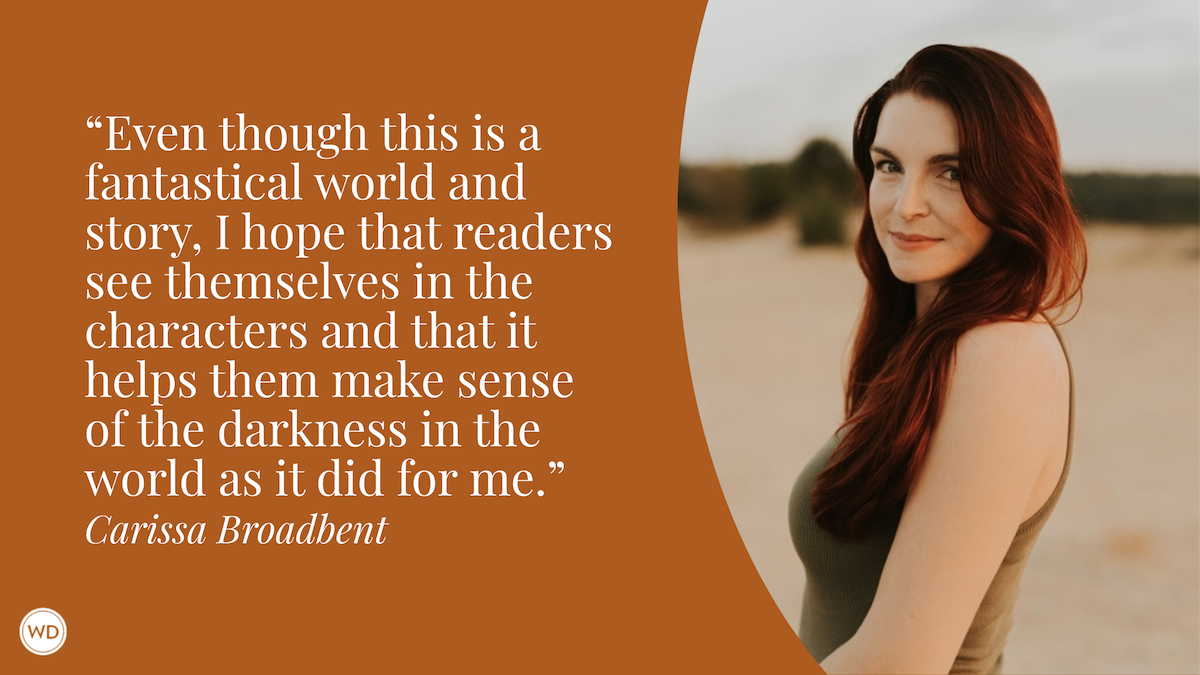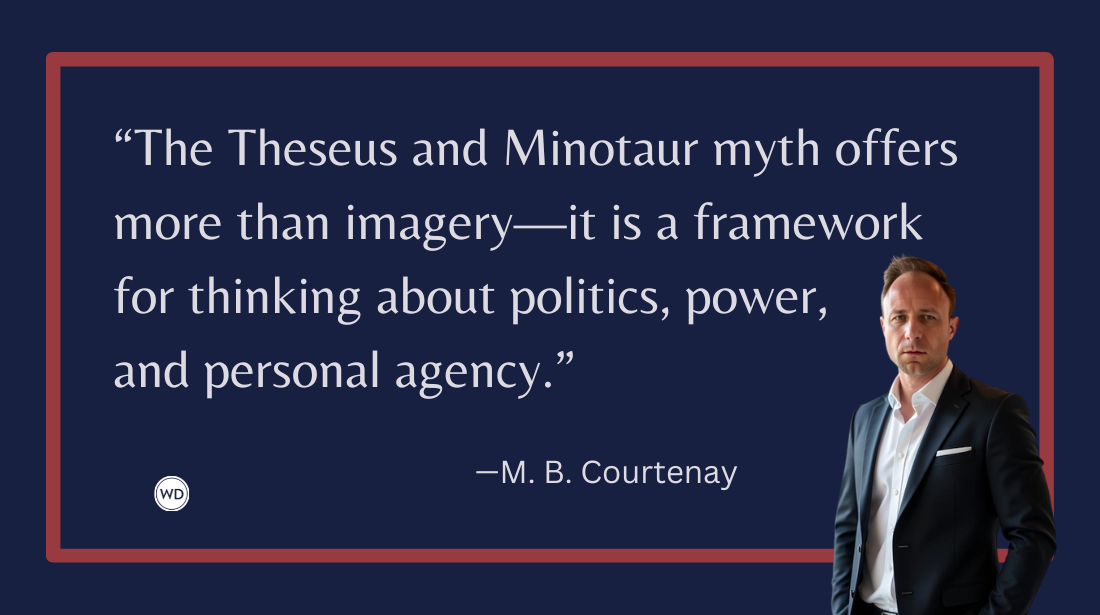4 Tips on Writing a Rom-com That Deals With Real-life Issues
Romance novelist Jane Igharo, author of Ties That Tether, shares her four tips on writing a romantic comedy that deals with real-life issues while staying true to the genre, using examples from other rom-coms.
There has always been a general impression of romantic comedies. To some, they're considered light reads that lack depth and a realistic portrayal of life. As a rom-com lover, I've never found this to be true.
In elementary school, I picked up Some Nerve, by Jane Heller, from the library. It was my first romance novel. What I loved most about that book was the main character's growth. Yes, it was a love story. But it was also a story about a flawed woman picking up the pieces and facing her fears.
Over the years, real-life issues in romance have become heavier. With the inclusion of diversity, many romantic comedies now revolve around topics of identity, culture, immigration, religion, and medical diagnosis, all reflecting the realities of the people who write them while staying true to the genre's signature elements.
In my debut romance novel, Ties that Tether, I drew on my experience as a Nigerian woman living as an immigrant in Canada. These real-life issues were just as important as the love story.
(Writer's Digest uses affiliate links.)
And the same can be said about The Bride Test, by Helen Hoang, which revolves around a Vietnamese woman and her pursuit of love and the American dream. Or Ayesha at Last, by Uzma Jalaluddin, a story about an independent Muslim woman trying to find herself while feeling the pull between her culture, family, and religion.
4 Tips on Writing a Rom-com That Deals With Real-life Issues
I have found that to write a romance that centers on real-life issues, a writer must do a few things.
1. Draw inspiration from daily social problems
It's important to be aware of what's happening around you—politics, social justice issues, and anything that affects society at large or a group within it. There are many topics worth exploring and commenting on through a creative avenue. In The Right Swipe, by Alisha Rai, the hero, a former football player, brings light to the severe and irreparable head injuries players often endure, while the heroine brings light to the workplace harassment women often experience. All this happens in the background of a steamy and humorous romance.
2. Draw inspiration from your experiences
No one can tell a story better than the person who lived it. Whatever topic you center your romance around, having a personal connection to it provides a level of authenticity that ultimately makes the story stronger. Helen Hoang's debut, The Kiss Quotient, revolves around an autistic woman trying to navigate her way around love. Hoang, who has Asperger's syndrome, wrote this novel after being diagnosed. Her connection with the book makes this real-life topic even more real and profound.
3. Be vulnerable
If you take inspiration from your life, know that vulnerability is key. You must get personal and be willing to share parts of yourself with your readers. I did this while writing Ties that Tether. I dug up my insecurities and fears about my identity, culture, and family. It wasn't always easy, but it made the exploration of my characters and the themes within my book stronger and more candid.
4. Reflect the realities of a setting
A novel set in a city in America should include an array of minorities—main characters or secondary characters of different ethnicities, religions, and socio-economic backgrounds. Anything else isn't realistic. In Roomies, by Christina Lauren, the heroine—a white woman—introduces her uncle by marriage, a gay Ghanaian man who immigrated to America in his youth to study music, his story the perfect contrast to the hero's, a talented Irish musician with an expired student visa, running from the fate of deportation. This book, which takes place in New York City, perfectly depicts the realities of its setting by featuring people from different walks of life.
Writing a romantic comedy doesn't mean beginning with a "meet cute" and ending with a "happily ever after" without incorporating depth or realistic portrayals. The lightheartedness of the genre doesn't take away from the real-life issues it can also explore, all while making readers blush, swoon, and laugh. The truth is, rom-coms can accomplish a lot more than we give them credit for.
*****
Do you yearn to write a romantic story? If so, you need to know what sets romance writing apart from other types of fiction. This workshop will help you to understand those specific factors that make up the specialized world of romantic fiction.
Jane Abieyuwa Igharo was born in Nigeria and immigrated to Canada at the age of twelve. She has a journalism degree from the University of Toronto and works as a communications specialist in Ontario, Canada. When she isn't writing, she's watching "Homecoming" for the hundredth time and trying to match Beyoncé's vocals to no avail.









